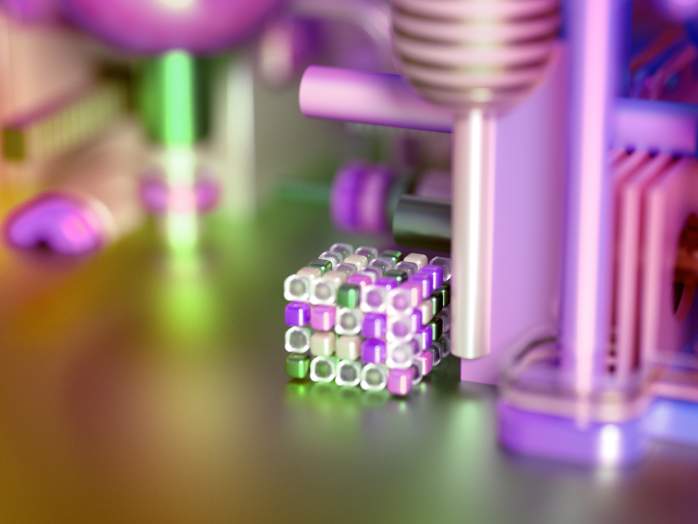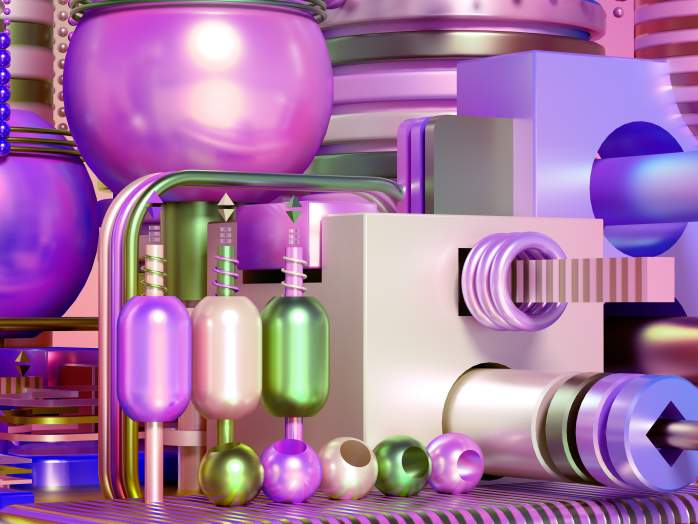The American manufacturing industry plays a crucial role in ensuring our food, beverages, and medications are safe. It’s part of the reason we have vaccines at peak efficacy and milk that isn’t spoiled on delivery.
But today’s industry leaders are battling more headwinds than ever. There are ongoing supply chain disruptions. A domestic labor shortage. And the worsening effects of climate change.
To continue growing in this new reality, manufacturers will need not just smart leadership and dedicated workers but also intelligence that comes from the factory itself––the so-called “smart factory.” What does this mean on a practical level?
It means embracing the industrial Internet of Things (IIoT), which involves orchestrating connected sensors, digital apps, and AI-powered analytics tools to transform factories from a place where work happens to an active, intelligent participant in guiding that work.
Investing in smart factories is the key to achieving Industry 4.0., a tech-driven Industrial Revolution that will define the future of manufacturing. With the help of smart factories, manufacturers can adapt to unexpected circumstances and consistently produce safe, high-quality products.
Here, we’ll look at three concrete ways manufacturing leaders can use IIoT to supercharge their facilities.




